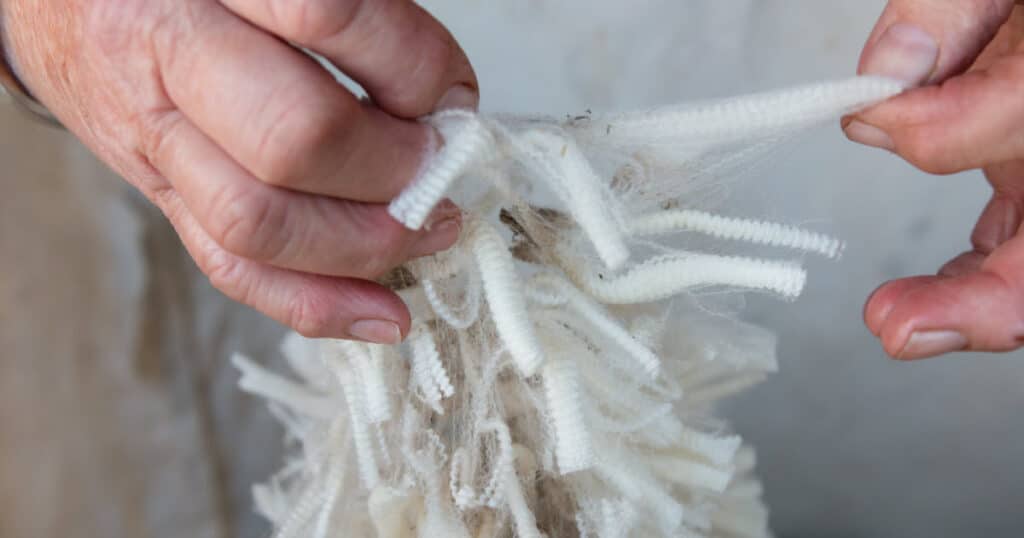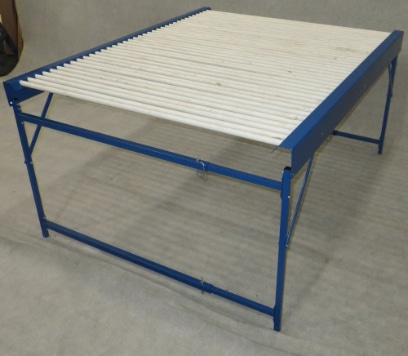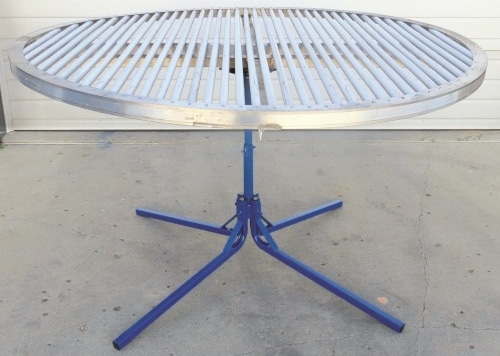Skirting is when you remove debris from sheep’s wool before selling. Debris in sheep wool often includes stains, vegetable manner, tags, and tarry bits. This is an essential process to make wool presentable to the public. Whether you sell raw wool fleeces or produce fiber products to sell, after shearing is completed, skirting wool is often the next step.
Oftentimes, sheep wool is combed through for a general skirting before actually reaching the skirting table, but skirting wool by hand is easy, satisfying, and can transform the look of a fleece. At the skirting table, all the hard work is done to prepare your wool for the next step in its journey.
In this article, we’ll go over methods for skirting wool for the best quality and to keep your sheep happy. We’ll also cover why this is an essential process and how to streamline the process.
Why do You Need to Skirt Your Fleece?
Skirting your fleece means cleaning it. You need to skirt your fleece before you sell it and have it made into blankets, sweatshirts, or jackets.
Sheep are livestock, and can get hay, bedding, grain, bird droppings, manure tags, mud, and other debris stuck in their wool. These things are undesirable, and reduce the value of your fleece, so skirting (removing debris) is an important step you need to take before processing or selling your wool.
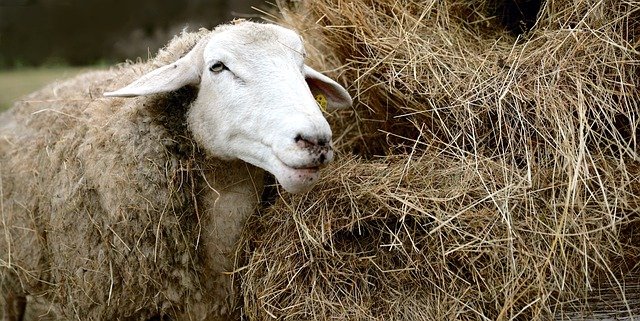
Skirting is done after shearing the sheep to ensure a sheep-friendly process, and it’s the final step before marketing a raw fleece to hand-spinners and other fiber artists.
Shearing is essential for the sheep’s health, and it doesn’t hurt the sheep at all. Most sheep are sheared annually, and for them it’s like receiving a nice short haircut.
Evaluating Your Fleece
Evaluate your wool before skirting it. That way, you can remove the bad fleece and make the process more efficient overall. Not all wool is salvageable. Since skirting wool is such a long process, removing wool that can’t be cleaned saves you time. This has a lot to do with the health of the sheep it came from.
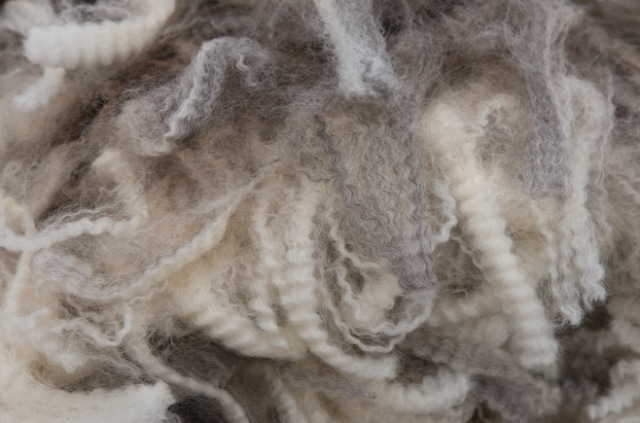
The most common issues with fleece are:
Stains
Canary stains are major faults on sheep wool and indicate the sheep has a parasitic infection. It disqualifies the wool before skirting even begins. Canary stains stay in the wool and cannot be removed easily. It also weakens the fleece, making it harder to sell. Weaker fleece will break and fall apart during the spinning process.
Breaks
Aside from being clean and free of parasites, fleece should be sturdy and without breaks. After skirting, wool is spun, and breaks interfere with that process. Always shear sheep fleece in one piece. Sort fleece by which part of the sheep it’s from for skirting later on.
Lay the fleece out and take a look at it from both the inside and out. Pay extra attention to where the fleece has been cut. Make sure the fleece is not breaking where there are cuts and it’s sturdy enough for the spinning process. A fleece’s sturdiness is just as important as its cleanliness.
Know Your Sheep
Sheep come in flocks. If you don’t raise your own sheep and are buying raw wool to skirt for your own use, understanding where the wool comes from will help you manage quality.
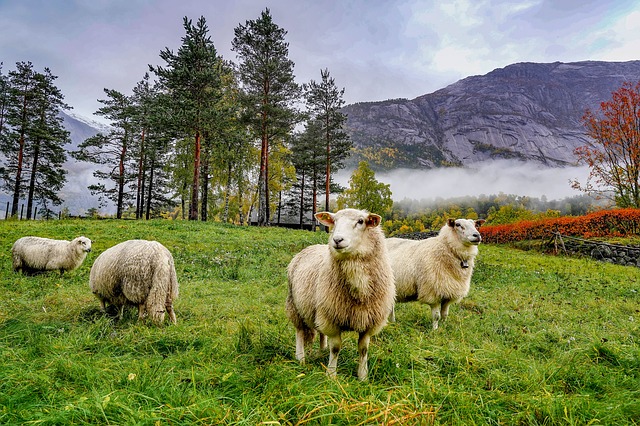
Things to pay attention to are:
- What they feed the sheep
- How often they shear them
- How big they are
Keeping track of where your sheep is from, and how well they’re taken care of, ensures you’ll get fleece in great condition.
The Wool Skirting Process
Now let’s get into the 6 steps involved in skirting the fleece from each of your sheep.
Step 1: Pre-Skirting
Before bringing the fleece to the actual skirting table, it is important to do some pre-skirting to identify large pieces of debris. During this process, the whole fleece will be examined. Usually shepherds do this part themselves.
Look for parts of the sheep that are too dirty to skirt and sell. Parts of the sheep such as the lower leg, butt bits, groin, and belly will often be visibly dirty. You can be separate these right off the bat. These parts of the sheep rarely ever make it to the skirting table.
Step 2: The Skirting Table
Skirting tables are designed for skirting. These have mesh enclosures or holes to catch any debris. Wool skirting tables are available for sale, like these two models from Sydell:
However, you don’t need to buy an expensive skirting table to skirt a sheep’s fleece. Any flat surface big enough to lay out all the fleece in a single layer is all that’s needed, and you can build a skirting table yourself if you’re handy.
Sheep are sheared so the wool comes off in one piece if you know what you’re doing. So when you receive the fleece, it should have already been bundled and folded with its label on the bag it came in.
Before starting with the skirting, make sure that you’re in a controlled climate. The skirting process can be affected if it’s too hot, cold, or windy.
Step 3: Initial Skirting
Generally, the first round of skirting is just a simple walk through and getting rid of noticeable debris on the wool. Divide the wool into two piles:
- One for debris
- Another for small segments that can be skirted through again and repurposed
To do the initial skirting process:
- Lay the fleece out on the table.
- Take it out of its bag and thoroughly observe the bundle.
- Remove any noticeable debris.
Step 4: Short Skirting
After the initial skirting, take the wool and lay it out on the table. Keep the wool in one piece and lay it out so the neck and head face upwards like it’s still on the sheep. Then, do an additional skirt of any debris that might have been left over.
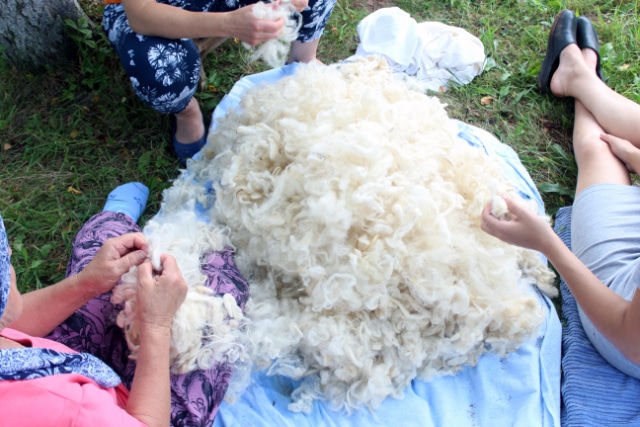
Take note of your fleece and look for things like crayon marking, manure tags, etc.. Remove any leftover debris in folded parts of fleece.
Most importantly for this step, remove any short strands, second cuts (when the shearer misses some of the wool with a swipe of the shears and then goes back and cuts off short fibers on the second pass), or other inconsistencies in the wool.
It is important that the fleece is consistent all the way around, especially for spinning. Remove any wool that is too short, or shorter than the majority of the body. If it’s clean enough, place it in the alternate pile. This will can be combined with similar trimmings from other fleeces and used for crafts and other purposes.
Step 5: Invert and Refold
Apply all the steps above to the other side of the fleece, which is the inside of the fleece. It will be cleaner but it’s important all sides are clean and consistent for spinning. Once this part is done it is time to refold the fleece.
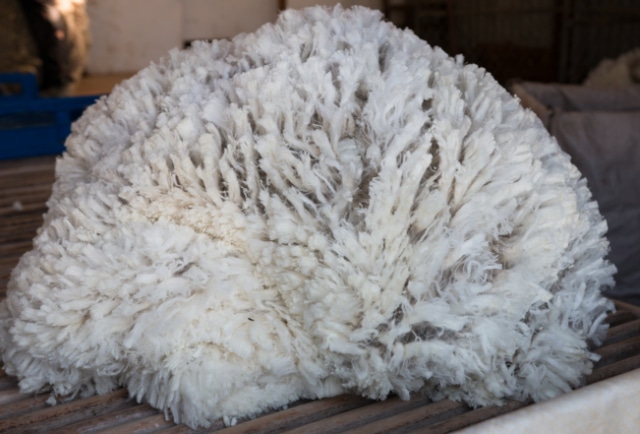
Again, it is very important that the fleece stays together in one piece. With time you’ll gain a feel for how to handle the fleece and prevent it from coming apart during skirting.
Fold the fleece in a gentle manner and fold it over multiple times to get it back in the bundle form it came in.
Step 6: Collecting Samples
Skirting is only the beginning of the process to turning sheep wool into something useful for humans. Collect samples to market your wool and let potential clients handle and examine the fleece and choose the one they want to buy. Allowing spinners to get an idea of what kind of wool they are dealing with is important, and you can save time if you don’t have to pull 20 fleeces out for inspection. These fleece samples give your clients a sense of the wool’s color, texture, and durability.
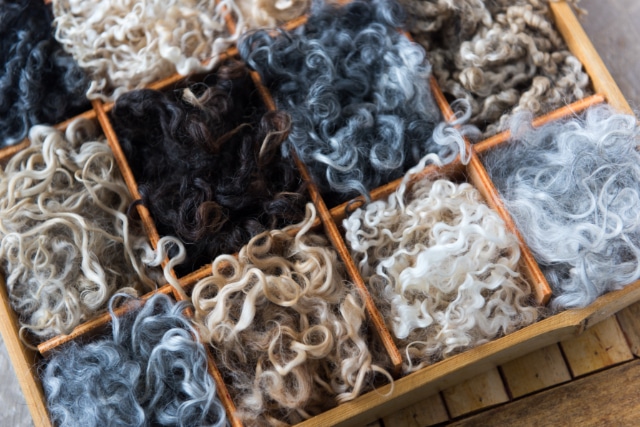
You can gather samples from different parts of the wool to show consistency if this matters to your clientele, but I find that a single sample from each fleece will help buyers narrow their selection to one or two fleeces (then they can inspect the full fleece).
Do multiple strength tests to show how the samples stretch.
- Align the samples
- Add a ruler to show reference for length
- Take the picture
Take photos showing the tags with identifying information. That’s incredibly helpful for future reference.
Skirting Wool can Be Fun, Enjoy It!
Skirting is a simple and essential step in wool production. But it can be tiring and draining if you allow it to be. In my experience inviting friends and working together around a table can turn a tedious chore into a fun day together.
It’s the first step to turn your sheep’s wool into your next wool sweater or winter blanket. The satisfaction you’ll feel after completing the work involved in every step of the process will be priceless.
Following these wool skirting steps will make spinners’ jobs much easier and ensures that your fleece is clean and consistent all the way around. This will keep your clients coming back for your quality wool year after year.

